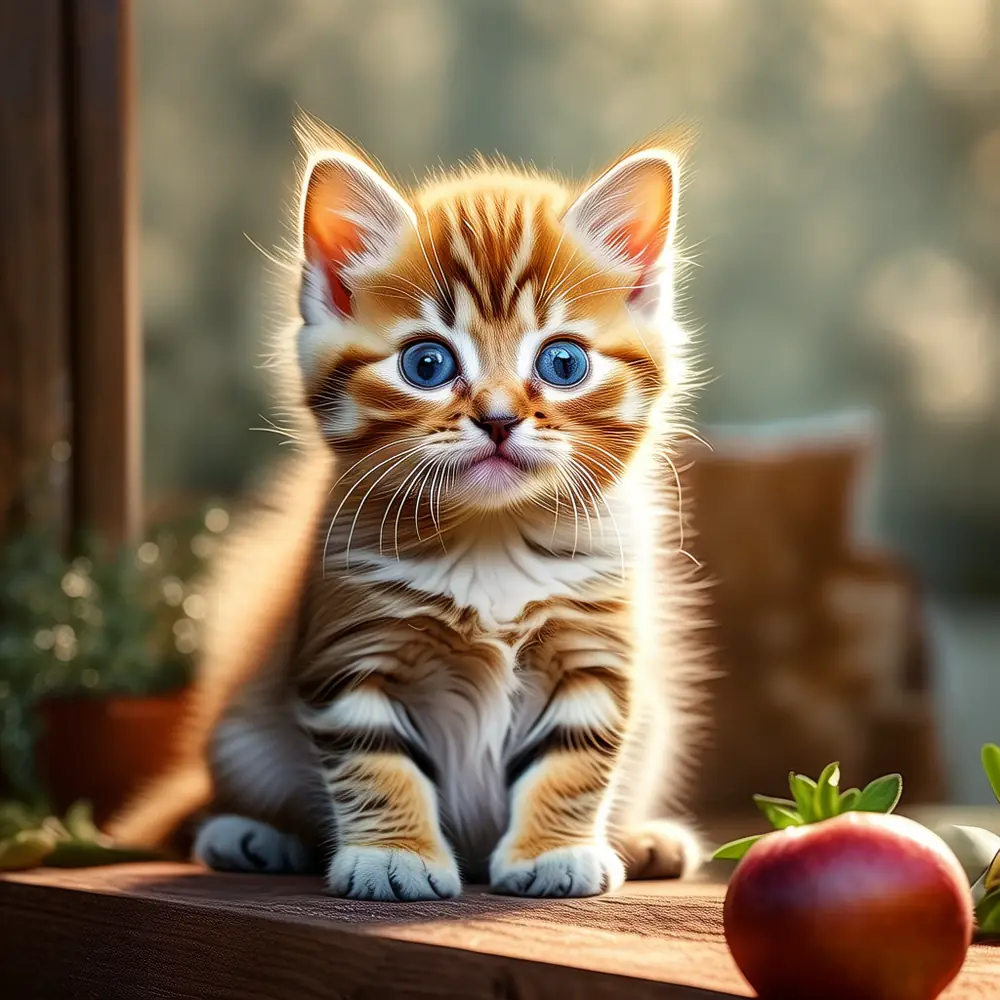Mastering the Meow: The Ultimate Guide to Cat Feeding Schedules
Every cat owner knows that a well-fed feline is a happy one. But did you know that the timing and frequency of meals can significantly impact your pet's health and behavior? Establishing a consistent feeding schedule not only helps maintain your cat's weight but also ensures they get the right nutrients at the right times, leading to a more content and energetic feline friend.
First, consider your cat’s age and activity level. Kittens, for instance, need more frequent, smaller meals to support their rapid growth. A good rule of thumb is to feed them 4-5 small meals a day until they are about 6 months old. Adult cats, on the other hand, typically do well with 2-3 meals a day. For example, you might feed your adult cat in the morning before work, once in the early evening, and a small snack before bed if needed.
Next, think about the type of food you’re offering. Wet food should be given in specific, measured portions, as it can spoil if left out too long. Dry food, however, can be left out for free-feeding, though this method requires careful monitoring to avoid overeating. If you choose to free-feed, measure out the daily amount and divide it into smaller portions throughout the day to prevent your cat from gorging all at once.
Consistency is key. Try to stick to the same feeding times each day, as cats thrive on routine. This not only helps regulate their digestion but also reduces anxiety. For example, if you feed your cat at 7 AM and 7 PM, try to keep these times as consistent as possible. If you must change the schedule, do so gradually to help your cat adjust smoothly.
- Feed kittens 4-5 small meals a day until they are about 6 months old.
- Adult cats generally do well with 2-3 meals a day.
- Measure out the daily amount of dry food and divide it into smaller portions if you choose to free-feed.
- Keep wet food meal times consistent to prevent spoilage.
- Gradually adjust feeding times if necessary to help your cat adapt.
A common mistake is to leave food out all day, especially for indoor cats. This can lead to overeating and obesity. Instead, use puzzle feeders or timed feeders to make mealtime more engaging and to control portion sizes. These tools can also help keep your cat mentally stimulated and physically active.
In summary, a well-planned and consistent feeding schedule is essential for your cat’s overall health and happiness. By considering your cat’s age, activity level, and the type of food you provide, you can create a feeding routine that keeps your feline friend in top shape. Remember, a little effort in planning goes a long way in ensuring a healthy and contented cat.
